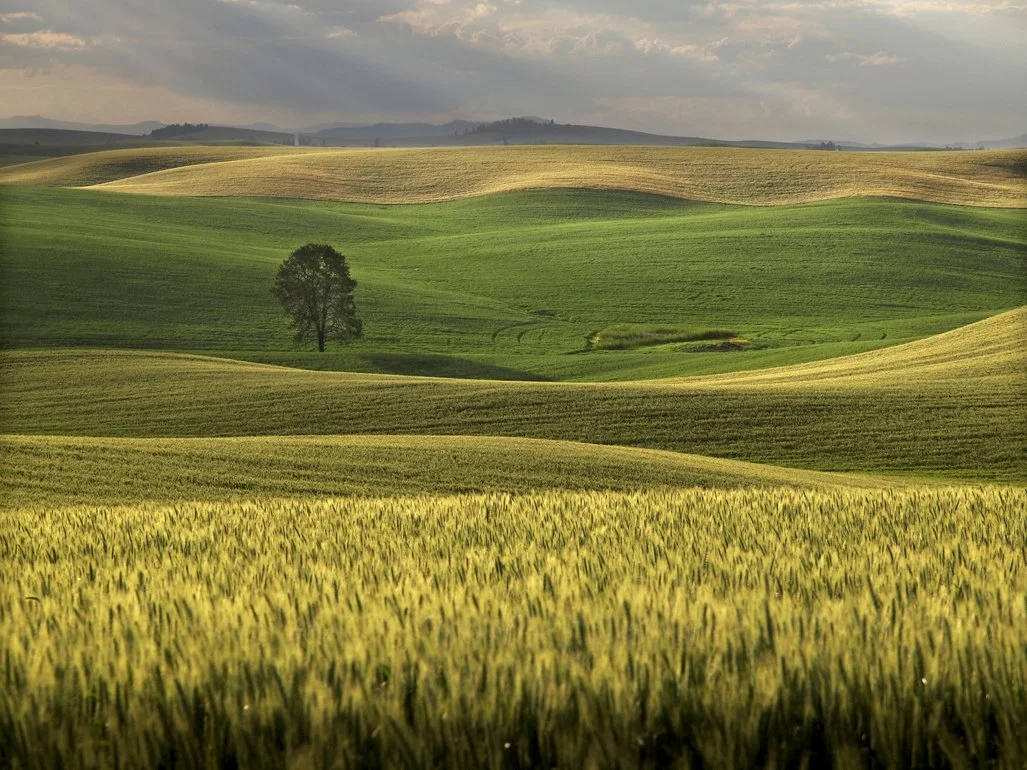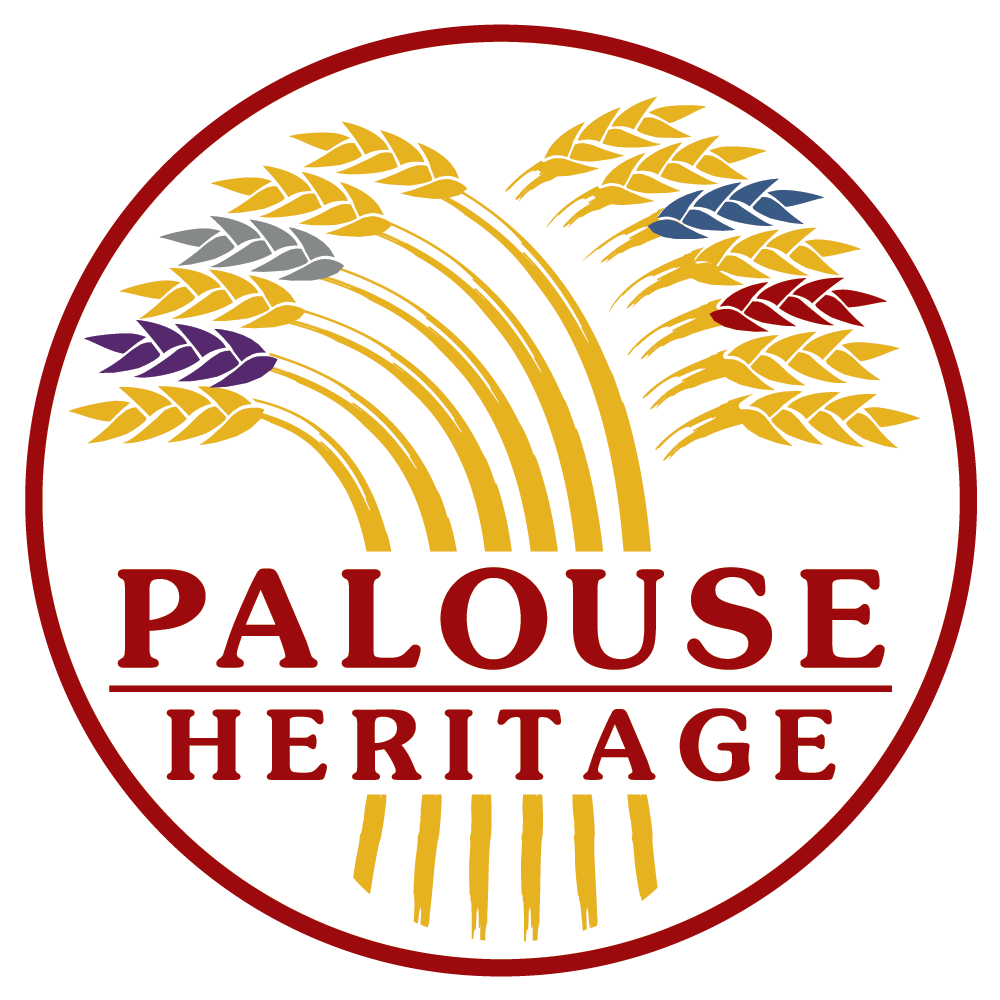
The Palouse Heritage Blog

Of Grains and Gluten

Climate Change — Back in the Day

Plenty is Revealed, Beautiful Upon the Earth

Scythes, Sickles, and Mr. Tusser
The “Cerealization” of Europe

A Medieval Bread Buffet in the Tri-Cities!

The Farm Novel

